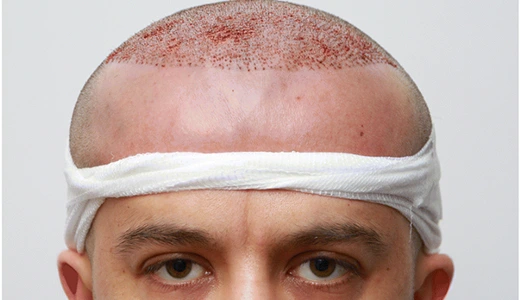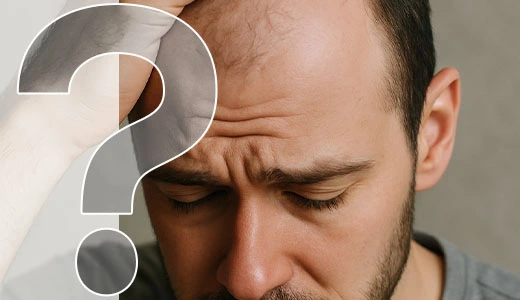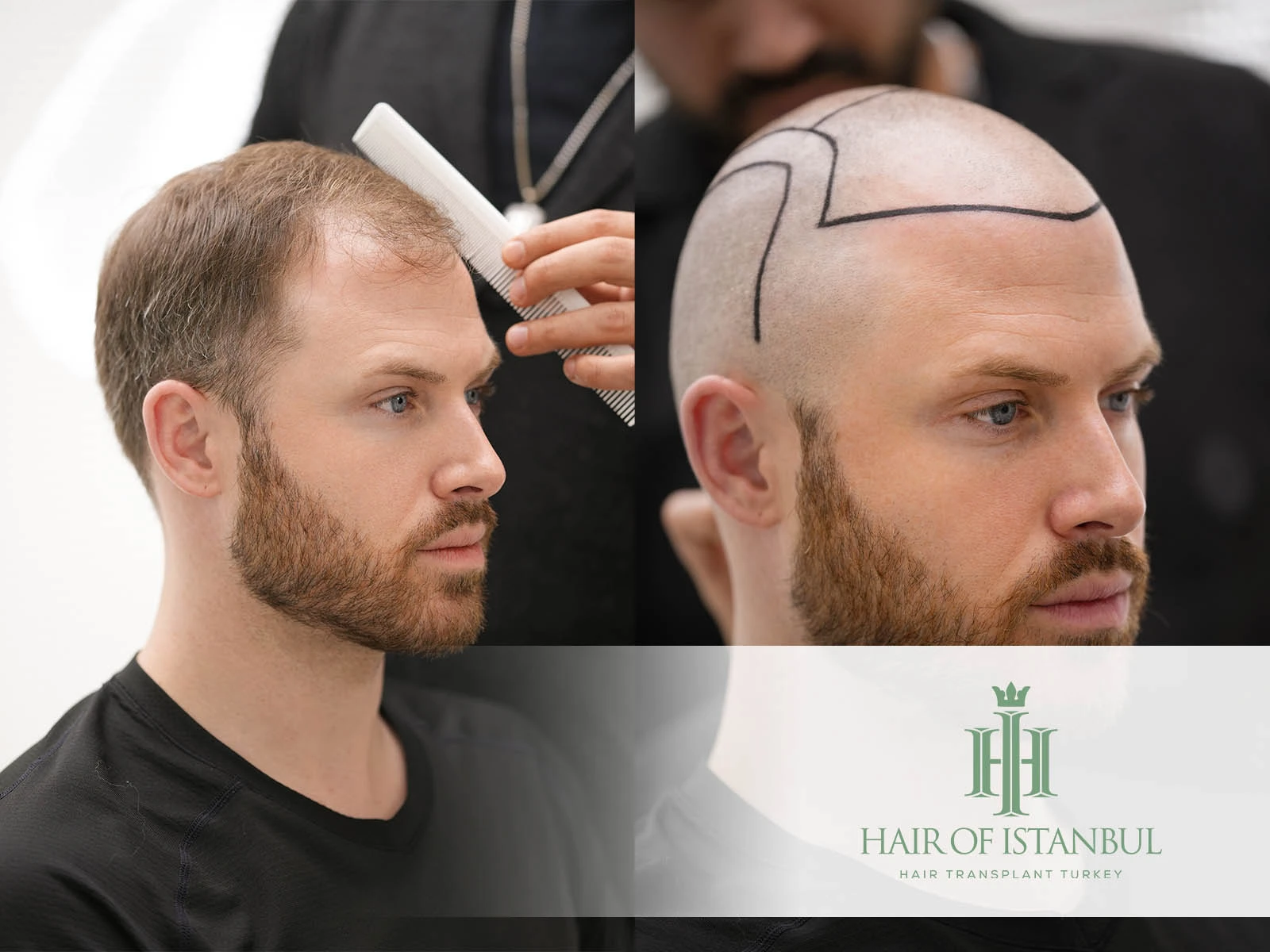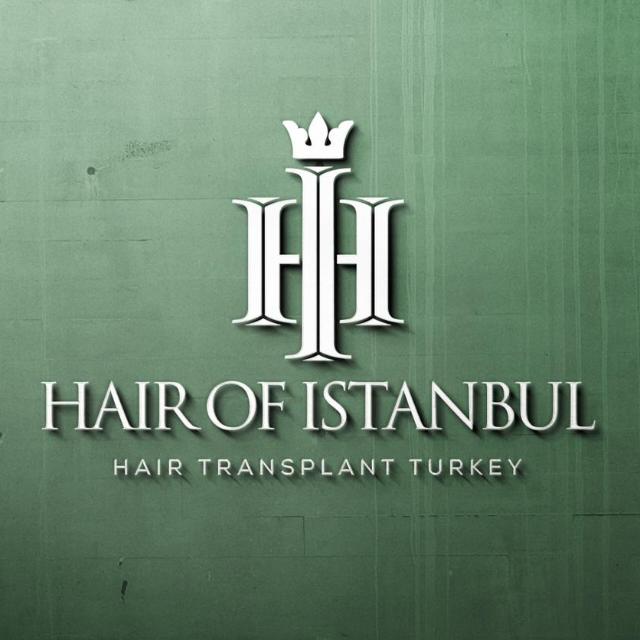Hair Transplant Side Effects: Swelling, Redness, Shock Loss
For anyone considering a hair transplant, the transformation ahead can be exciting—but it’s just as important to understand the healing process. In the days and weeks following surgery, you may experience hair transplant side effects such as swelling, redness, or even temporary hair loss. While these symptoms may seem alarming, they’re often a natural part of recovery.
At Hair of Istanbul, one of the leading names in hair transplant Turkey, patient education and aftercare are key priorities. Our approach ensures that everyone—from those undergoing a man hair transplant to individuals seeking a female hair transplant—is equipped with accurate information about what to expect, especially in the early stages of recovery.
Swelling: A Normal Post-Op Response
Swelling often occurs within the first few days after hair transplant surgery, especially around the forehead and eyes. It is the body’s inflammatory response to micro-trauma in the scalp and is completely normal. Typically, swelling lasts between 2 to 5 days and resolves without intervention. Patients who undergo a 3000 grafts hair transplant or larger sessions are more likely to experience mild to moderate swelling due to the scale of the procedure.
Using cold compresses (as advised), sleeping with your head elevated, and staying well-hydrated can help manage this side effect effectively.

Redness and Scalp Sensitivity
Redness in the recipient area is another common effect and typically fades within 7–14 days. The visibility of redness depends on skin tone and the type of technique used. For instance, FUE hair transplant often results in small red dots that gradually fade, while DHI hair transplant might cause milder, more localized redness. At Hair of Istanbul, we provide patients with soothing post-op solutions tailored to their needs.
These reactions are especially common in procedures involving sensitive zones, like hair transplant for women, where the frontal hairline is treated with extra precision.
Bu gönderiyi Instagram’da gör
Shock Loss: A Temporary Setback
Perhaps the most misunderstood of all hair transplant side effects, shock loss refers to the shedding of both newly transplanted and existing hair following surgery. It typically occurs within 2–6 weeks and is part of the hair follicle’s natural regeneration cycle. While it can be unsettling, it is not a sign of failure.
In cases like afro hair transplant or hair transplant long hair, where density and texture management are vital, shock loss may seem more pronounced—but the regrowth phase begins shortly after. Full results often become noticeable between hair transplant 3 months and 12 months.

Before and After Hair Transplant: The Reality Behind Results
When browsing transformation galleries, before and after hair transplant images can be incredibly motivating. However, what they don’t always show is the recovery process that takes place between the two. Swelling, redness, and shock loss are part of nearly every success story.
At Hair of Istanbul, we document not just the visual transformation but also the recovery journey. With a structured plan and close post-op monitoring, patients progress through each phase confidently. This commitment to transparency is why we’re a preferred hair transplant clinic for both local and international patients.
When to Worry: Signs That Need Attention
While most side effects are expected and manageable, certain symptoms warrant professional evaluation:
Swelling lasting beyond a week
Persistent, spreading redness or signs of infection
No regrowth by 6 months post-op
Intense discomfort not relieved by medication
Clinics with strong follow-up systems—like Hair of Istanbul—maintain contact with patients to guide them through these concerns.
How Technique and Scale Affect Side Effects
The method and extent of your procedure influence the type and duration of side effects.
FUE hair transplant may involve longer redness due to multiple incisions.
DHI hair transplant typically causes less trauma and faster healing.
Large sessions, such as 5000 or 8000 grafts, may lead to more extended healing phases.
Regardless of the method, proper hair transplant care after is crucial to a smooth recovery.
Affordability vs. Quality: Avoiding Risky Shortcuts
A cheap hair transplant might seem appealing, but cutting corners on aftercare can significantly increase the risk of severe side effects or poor outcomes. Clinics that underprice procedures may skip proper hygiene protocols or post-op monitoring. A transparent hair transplant cost should always include follow-up visits, medications, and emergency access if needed.
Choosing a trusted center like Hair of Istanbul, located in the heart of hair transplant Istanbul, ensures that quality is never compromised.
Understand, Prepare, Recover
Experiencing hair transplant side effects such as swelling, redness, and shock loss is normal—and temporary. Understanding what’s part of the healing process and what’s not allows patients to approach recovery with confidence. With expert guidance, advanced techniques, and personalized care from Hair of Istanbul, you can transition smoothly from surgery to visible transformation.






